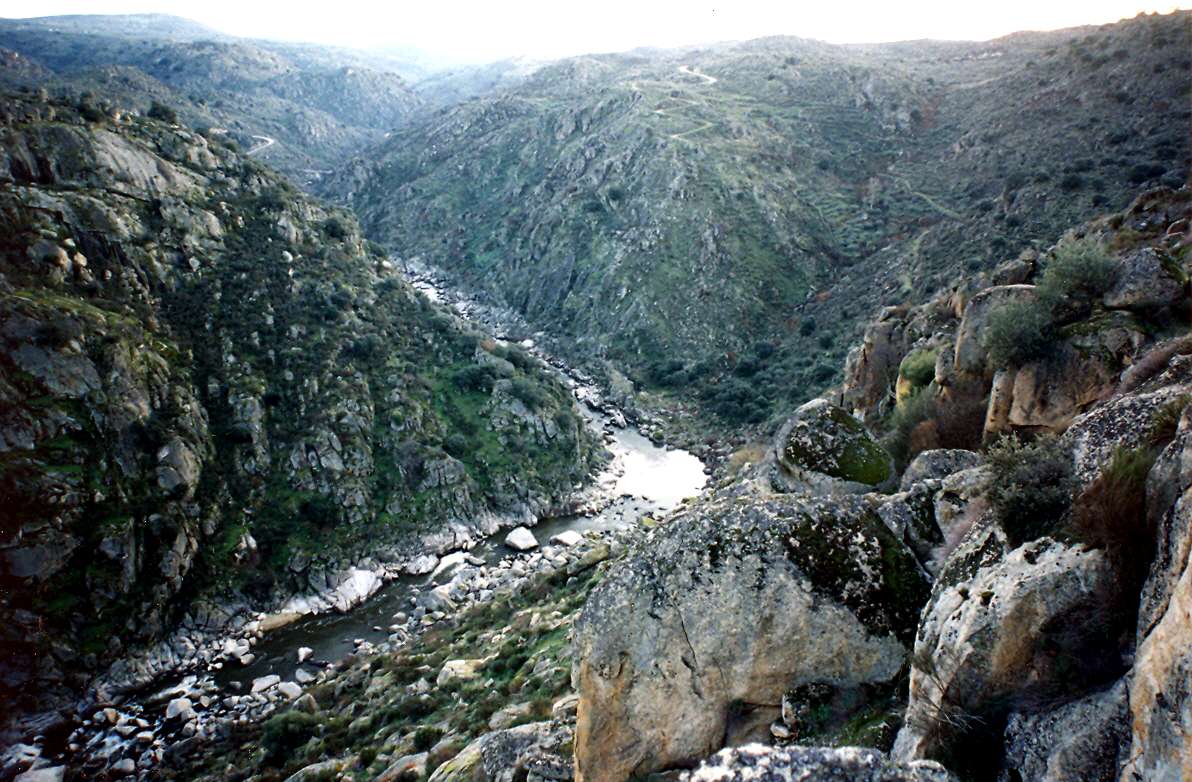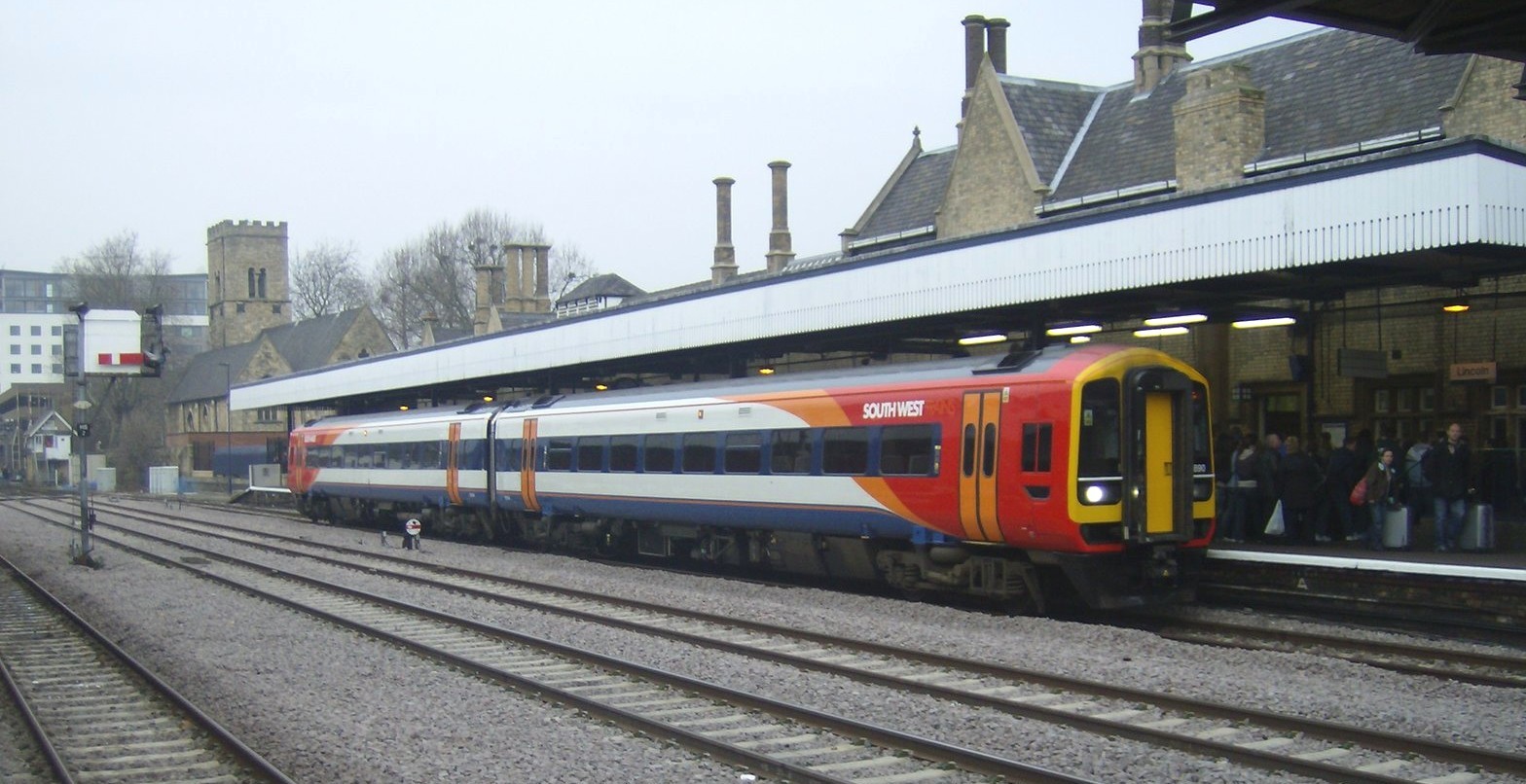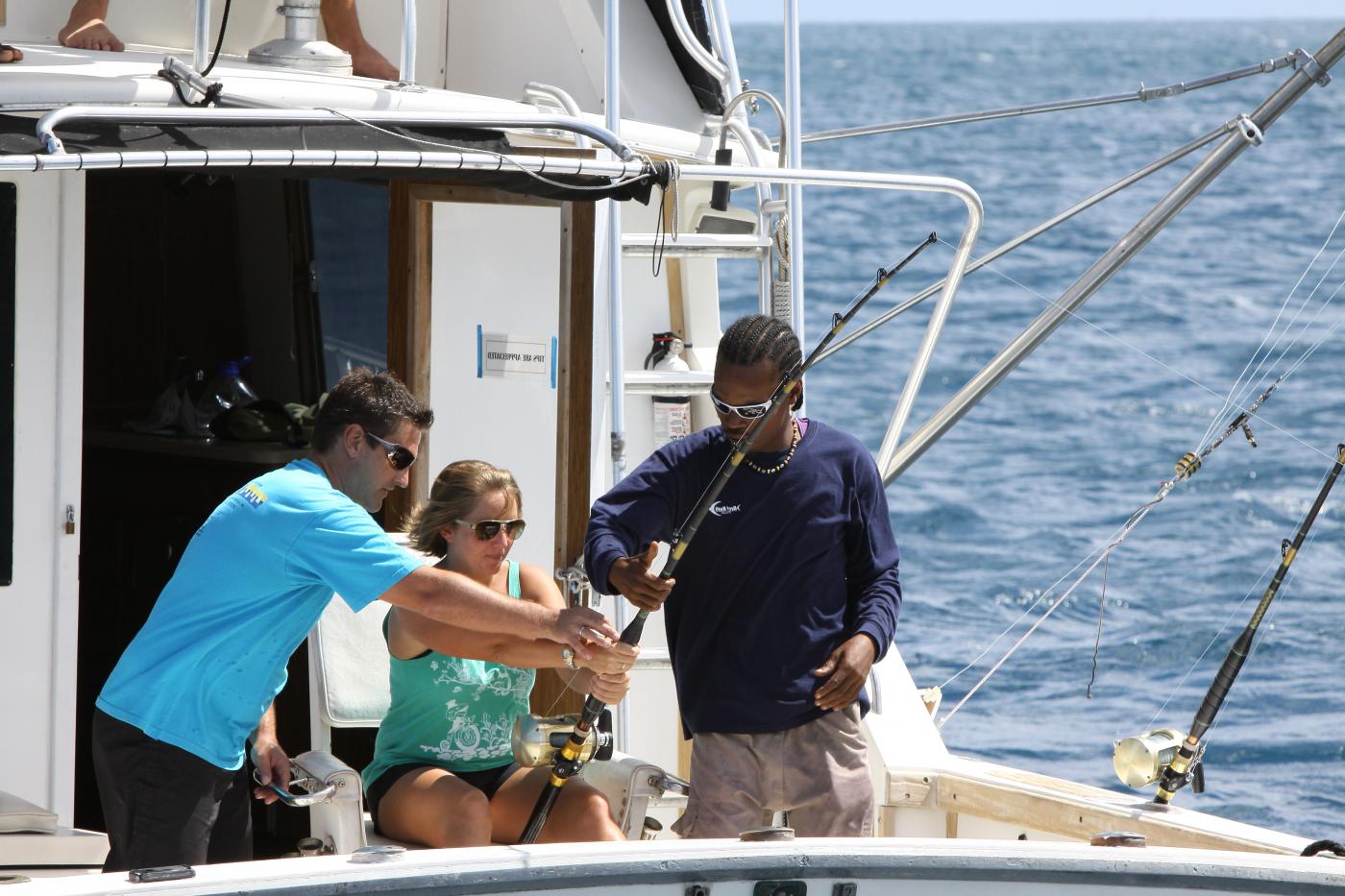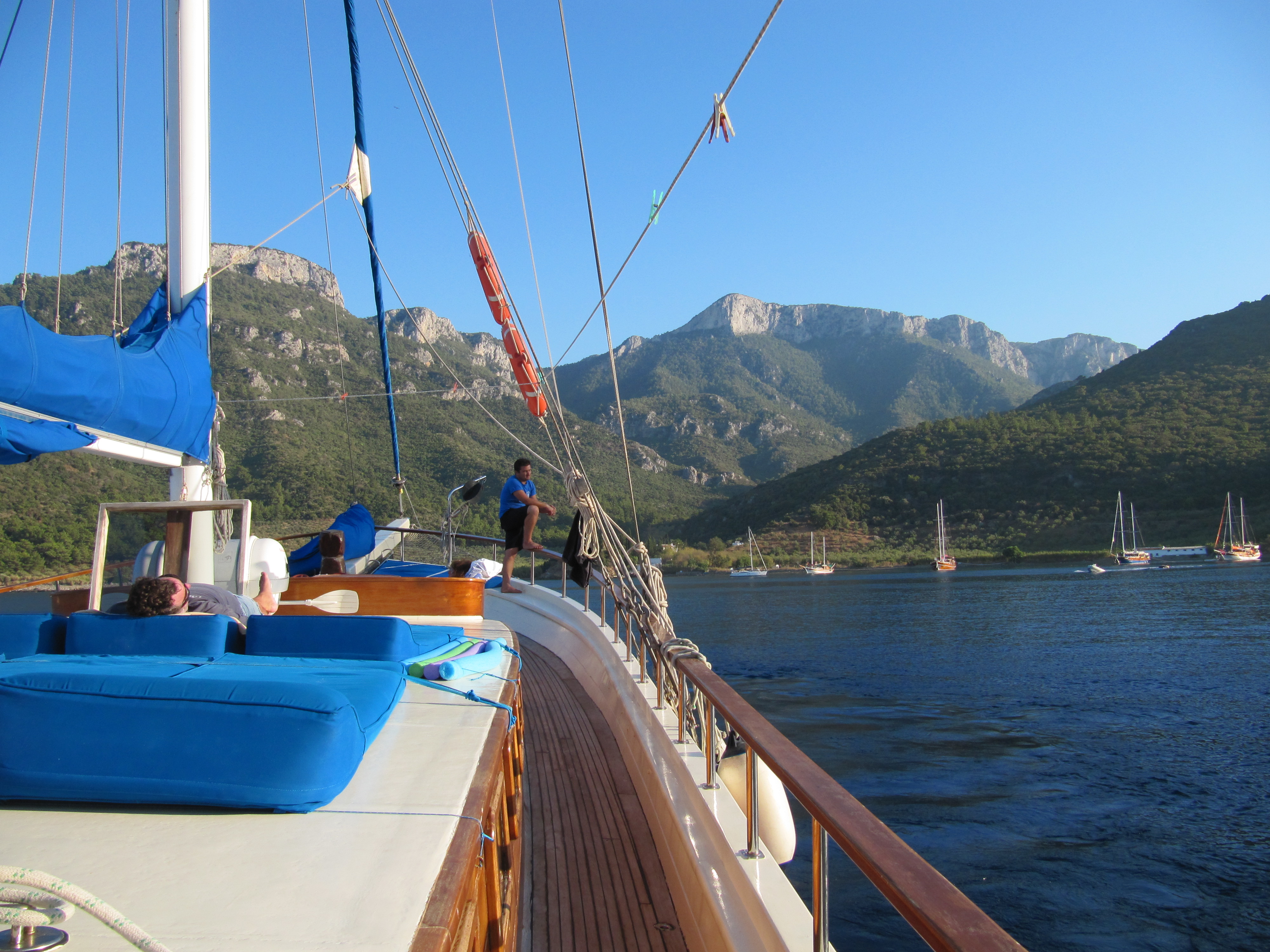Close to the Portuguese town of Vilas Nova de Foz Côa, located at the north western region of the country, in the Côa River Valley (Côa River is a tributary of Douro River) it is located the archaeological park of rock art, classified by UNESCO as World Heritage Site.
To reach this place and to visit the area the use of a GPS app for smartphones is a very useful tool.
The rock art of this archaeological place were discovered in 1994 and it is considered to the most important area of the world where the engraved rocks are in the open air and one of the most important archaeological findings of pre-historic rock art in the world, along about 17 km on the Côa River Valley.
The gravures are done in vertical surfaces of schist, using abrasion and shredding techniques, representing mainly animals, such as horses and wild bulls, although human and abstract figures can also be seen.
Most of the engravings are dated from the Upper Paleolithic period (22,000 to 10,000 years B.C.), but engravings from the Neolithic (10,000 years B.C.) and Chalcolithic (3,000 years B.C.) periods and Iron Age (1,200 years B.C.) can also be observed.
The archaeological site has about 62 different centers, from which it shall be emphasized the “Canada do Inferno”, the “Penascosa” and the “Ribeira de Piscos”, the only ones that are allowed to be visited.
In 2011 the Portuguese authorities established an institution, the “Foundation Côa Park”, to manage the Archaeological Park of Côa Valley that organizes guided visits accompanied by experts to the places above referred. Visits must always be booked in advance.
The visit to “Canada dos Infernos” departures from the Museum, located 3 km away from the center of the town of Vila Nova de Foz Côa, takes place every morning (9:15 am in winter and 9:30 in summer). You’ll find it using your HTC navigation app. Several visits take place in the morning.
During about one hour and a half, two hours, visitors run across 800 meters and they can admire at rock number 1 densely superimposed figures of two bovines and a horse or a deer.
To visit “Penascosa” the departure place is the reception center, located in the village of Castelo Melhor, 15 km away from Vila Nova de Foz Côa and the visits take place every day, starting at 1:00 pm in the winter and at 1:30 pm in the summer (there several visits during the afternoon).
At this place, running across 600 meters it is possible to see the figures of two goats, each one having 15 centimeters long and at rock number 3 a group of bovines, densely superimposed and done by abrasion technique and superimposed to a horse head done by percussion technique.
In what concerns the visit to Ribeira de Piscos, visitors must depart from is the reception center, located in the village of Muxagata, 7 km away from Vila Nova de Foz Côa; every day and with several visits taking place, the departure time is 10:00 am in winter and 9:30 am in summer.
Along 2,200 meters and during about two hours and a half, visitors can watch a small bull, large bovines, with about 180 centimeters long, a deer and a scene representing the mating of two equines.
A night visit to “Penascosa” is also available, departing from the Museum at Vila Nova de Foz Côa, departing at the end of the day, in order to catch the last sunlight; the hour of the visit depends on the period of the year and this visit takes about three hours.
All the visits are done on an off-road vehicle and walking.



